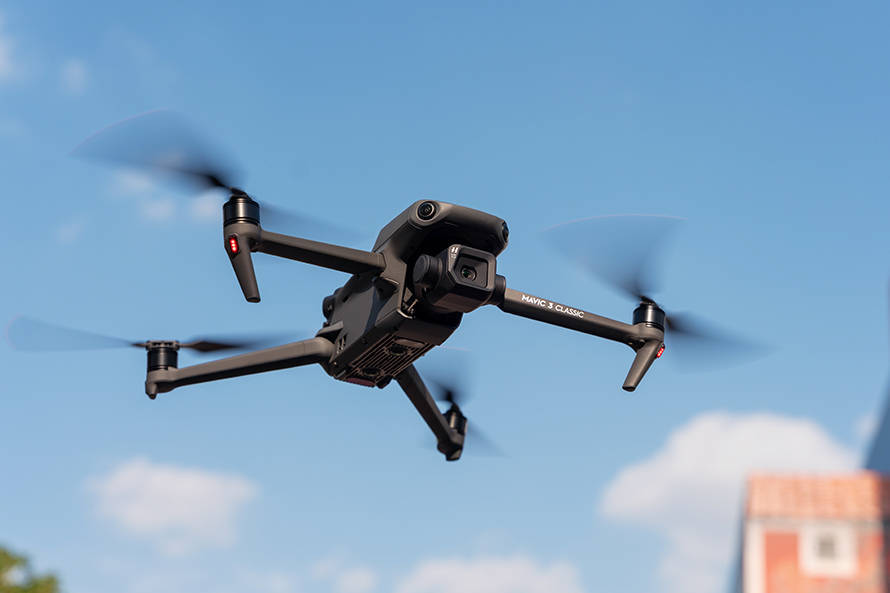The advent of drone delivery services is rapidly altering the landscape of logistics and transportation, heralding a future where autonomous vehicles buzz through the skies, delivering goods with unprecedented efficiency. At the core of this transformative technology is the potential to revolutionize the way items are transported, offering a glimpse into a future where delivery times are drastically reduced, human involvement minimized, and accessibility broadened. The term drone delivery embodies a novel approach, contrasting sharply with traditional methods. By harnessing the capabilities of drones, companies are able to circumvent conventional barriers like traffic congestion and remote locations, thereby ensuring quicker and more reliable service. As drones become integral to our logistic infrastructure, it is crucial to understand their operational mechanisms, benefits, and the obstacles they might face.
Initially, drones were primarily associated with military and recreational uses. However, their application in commercial delivery has gained remarkable traction. These unmanned aerial vehicles (UAVs) navigate through complex environments using sophisticated technology, including GPS and obstacle detection systems. This enables them to chart accurate routes and avoid collisions, ensuring safe transport of parcels.
Benefits of Drone Delivery
First and foremost, time efficiency is a major advantage. Drones can cut down delivery times significantly, often from days to mere hours. This swift delivery is especially beneficial for urgent and perishable items, providing immense value to consumers.
is a major advantage. Drones can cut down delivery times significantly, often from days to mere hours. This swift delivery is especially beneficial for urgent and perishable items, providing immense value to consumers.
Cost-effectiveness is another compelling benefit. By reducing the need for human resources and diminishing fuel consumption, companies can lower operational costs. This efficient model may lead to reduced expenses for consumers as well.
Challenges Faced by Drone Delivery Services
Despite their promising advantages, drone delivery services must overcome several hurdles before widespread adoption. Regulatory frameworks are constantly evolving to encompass drone operations, with institutions needing to draft and enforce laws that ensure safety and privacy.
Additionally, technical limitations such as battery capacity, payload restrictions, and adverse weather conditions pose challenges. Research and development are ongoing to enhance the reliability and capabilities of drones under diverse circumstances.
Infrastructure development is crucial. Companies must invest in drone-friendly facilities, such as charging stations and designated landing zones. This infrastructure is vital to support widespread drone operations.
In conclusion, drone delivery services hold the potential to redefine logistics, offering profound benefits alongside significant challenges. As technology advances, drones may become an indispensable part of the delivery ecosystem, transforming consumer experiences and expectations.
Frequently Asked Questions
Q: How do drones ensure package safety during transit?
A: Drones use advanced technology like secure mechanical grips and GPS navigation to ensure packages are safely transported, while their design minimizes the risk of damage.
Q: Are there any weather limitations for drone operations?
A: Yes, inclement weather such as strong winds and heavy rain can impede drone functionality. Companies are innovating with robust designs to mitigate these effects.

Q: How are privacy concerns being addressed in drone delivery?
A: Companies are implementing strict protocols to protect privacy, including limiting data collection and enhancing security to mitigate unauthorized surveillance risks.
